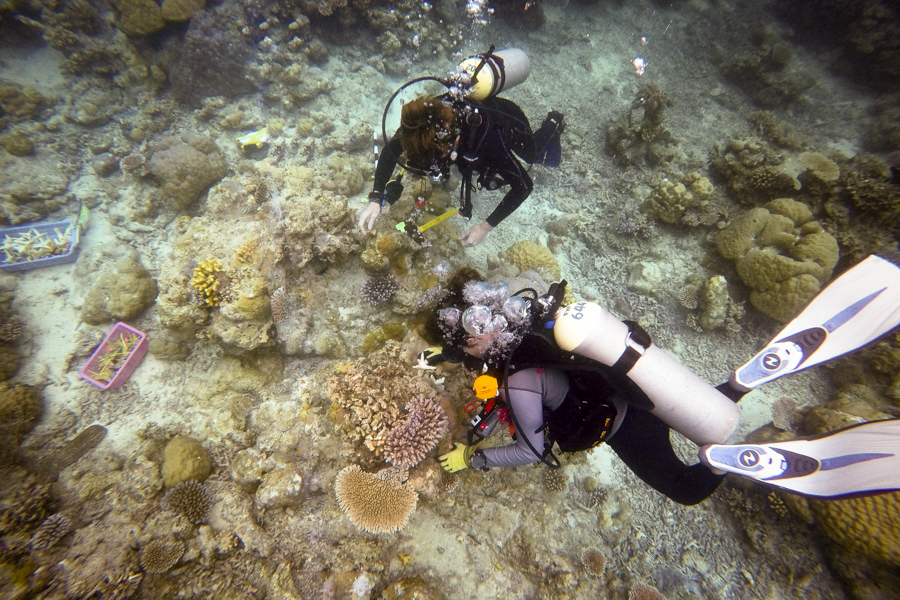MCRI Research Archive
Below are the research projects (in PDF form where available) that the Aquarium of the Pacific has been involved in since the inception of MCRI.


A Study of the Taxonomy of Hydrocorals of the Genus Stylaster (2002)
Samples of a local variety of cold water coral (Stylaster californicus) provided by the Aquarium of the Pacific have revealed, through the use of DNA analysis, that what was previously thought to be one species, is in fact, seven distinct species.

Humbolt Squid Husbandry Research (2006 - 2007)
Assistant Curator of Fishes Steve Blair traveled to the Gulf of California in September 2006, where he made observations on the behavior of these little understood animals and conducted experiments aimed at determining their ability to tolerate capture, anesthesia and transport.

Flexibility and Morphology of Spines in Swimming Sharks (2006 - present)
The Aquarium of the Pacific is currently supporting a study by UC Irvine researcher, Marianne Porter that examines vertebral flexibility of swimming sharks and its effect on their maneuverability. The ability to maneuver quickly and effectively has behavioral implications ranging from mating to prey capture and predator avoidance.

Leopard Shark Thermal Inertia Study (2005)
In 2005 the Aquarium’s animal husbandry department assisted California State University, Long Beach graduate student Barbara Zeigler in conducting research on leopard shark thermoregulation. Several of the Aquarium’s sharks were fed a small temperature logger then held in tanks containing water of varying temperatures. The purpose of this study was to determine the thermal inertia of leopard sharks (i.e.: How long can they maintain their body temperature in varied temperature environments?)

Effects of Caffeine on Corals (2003)
The Aquarium of the Pacific assisted University of California, Irvine (UCI) Ph.D. candidate Kelly Pollack with a study she conducted on the effects of caffeine on reef-building corals.

Captive Growth Rates and Reproductive Biology of the Weedy Sea Dragon (2003)
The Aquarium of the Pacific supported this important study by providing Kristy Forsgren (a CSULB Master’s candidate) with the opportunity to conduct observations using their collection of rare weedy sea dragons.

Feeding Periodicity in Leopard Sharks (Triakis semifasciata) (2002)
By granting these researchers from California State University at Long Beach access to their collection of leopard sharks, the Aquarium of the Pacific assisted in the development of a technique to determine when sharks feed in the wild, the effectiveness of pH as an indicator of feeding in leopard sharks, and whether pH can be used to estimate the mass of the meal the shark ingested.

Pheromones in Crested Auklets (2000 - present)
Dr. Julie Hagelin, an ornithologist with the Swathmore College in Pennsylvania, has been working with our staff aviculturists since 2000 in the study of a previously undiscovered mode of communication in birds: chemical signaling. Her studies involve the Crested Auklet (Aethia cristatella), which produces a seasonally distinctive tangerine scent that is directly associated with courtship. The Aquarium of the Pacific is one of only two facilities in the country to house captive Crested Auklets.

Propagation of At-Risk Species (1998 - Present)
Since its opening in June 1998, the Aquarium of the Pacific has been a leader in the captive propagation of many species of marine fishes andinvertebrates.

